Plant aquatic plants and cultivate high-quality crayfish
Crayfish, also known as crayfish, red crayfish and freshwater crayfish, are freshwater economic shrimp and are popular because of their delicious meat. Because of its omnivorous, fast growth and strong adaptability, it is also an important aquaculture species in aquaculture in recent years. In recent years, with the rapid growth of domestic consumption and international exports, the market is in short supply, and prices continue to rise, coupled with the downturn of other cultured varieties, the benefit of cultured crayfish is remarkable, and the farming area is increasing year by year. At present, crayfish culture mainly includes rice field shrimp culture model, shrimp and crab culture model, planting water grass shrimp culture model and so on. Because crayfish like to live in hidden objects such as water plants and branches, and have the habit of going out day and night, loving yin and afraid of yang, planting aquatic plants and intensive cultivation of crayfish has become the guarantee of high and stable yield. And the crayfish grown in this environment have large size, strong transport resistance, clean body, compared with other crayfish are often hot goods on the market, the market is not to worry about. The purpose of this paper is to explore the related contents of aquatic plant nursing, hoping to be helpful to the recommendation of cultured crayfish.
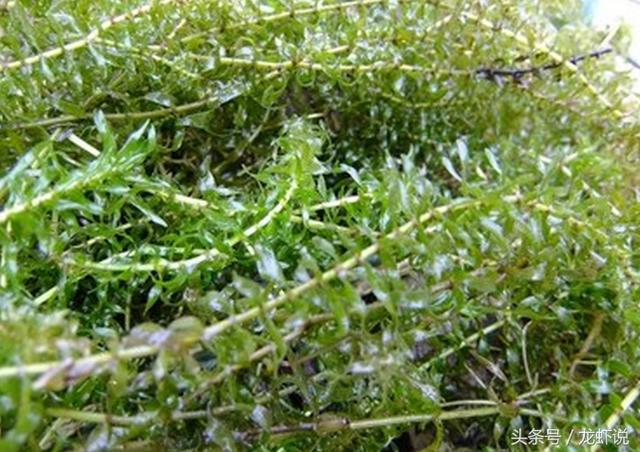
I. the significance of cultivating aquatic plants
Aquatic plants can provide high quality plant bait for crayfish, and provide a good place for crayfish to perch, molt and avoid enemies. More importantly, aquatic plants play an important role in regulating the water quality of aquaculture ponds, keeping the water quality fresh and improving the status of dissolved oxygen in water. Crayfish are more gluttonous, often appear the phenomenon of big shrimp eating small shrimp, shell hard shrimp eating shell soft shrimp, when the water quality deteriorates, it will also lead to crayfish escape from the pond. Planting aquatic plants can alleviate the lack of bait in the pond and prevent crayfish from killing each other. Aquatic plants can reduce the accumulation of eutrophication in the water and keep the water fresh.
II. Variety selection and collocation of aquatic plants
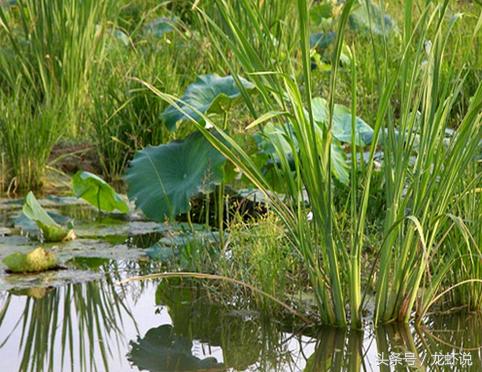
The aquatic plants often planted in crayfish culture are: goldfish algae, verticillium verticillata, bitter grass, Elorella, Zizania caduciflora, water hyacinth, Potamogeton crispus, yellow silk grass and so on. These aquatic plants have both submerged plants and quite water-based plants, which have been proved to be good varieties of aquatic plants which can be used to raise crayfish. The distribution of aquatic plants in shrimp ponds should be uniform, the species should not be single, and the species should be matched reasonably. In general, the covered area of aquatic plants accounts for about 3% of the shrimp pond. The cultivation of compound aquatic plants in shrimp ponds (which means that there are at least two kinds of aquatic plants) can ensure that there are aquatic plants in the pond all the year round. Common water and grass collocation patterns are: Eloe algae plus verticillium, Eloe algae plus yellow silk grass, Zizania caduciflora plus duckweed and so on. Some farmers will choose three or more kinds of aquatic plants to imitate the natural environment, which is also a good choice. Hanchuan area of Hubei Province now uses the model of Elorella plus verticillium, using the return ditch or mu ditch in the pond to plant Eloe algae, and planting verticillium in the shoal area, which has achieved good benefits. Elodea, native to America, is a high-quality, fast-growing and high-yielding submerged plant. It belongs to low-temperature algae, which is cold-tolerant and not resistant to high temperature. It can grow when the water temperature is more than 5 ℃. When bitter grass and verticillium verticillata have not germinated, the grass has grown in large quantities. The verticillium verticillata is commonly known as centipede, warm silk grass, lantern myrtle and so on. It belongs to the family Trionychidae and Monocotyledon perennial submerged plants, which are widely distributed in ponds, lakes and ditches. It is distributed in the north and south provinces of our country. It can withstand high temperatures and like sunny environments, so growing verticillium verticillata in shoals can make it grow normally. This model ensures that there are basically aquatic plants in the pond all the year round, reduces the difficulty of aquatic plant management, and reduces the risk of breeding than planting single aquatic plants. The mode of Zizania latifolia plus duckweed in Ziyang area of Sichuan Province is also a good recommended choice. Zizania caduciflora, also known as high melon, bamboo shoots, is a perennial aquatic herb of the genus Gramineae. Duckweed, also known as duckweed, is a floating plant of the floating family. In this model, the standing water plant Zizania caduciflora is used to provide a place for crayfish to avoid and climb, and duckweed is used to provide low light and plant bait, which can provide an excellent growth environment for crayfish. However, what should be noted in this model is that duckweed needs to be surrounded by bamboo poles or ropes to prevent the whole pond from being full of duckweed, causing oxygen deprivation in the pond.
III. Maintenance of aquatic plants
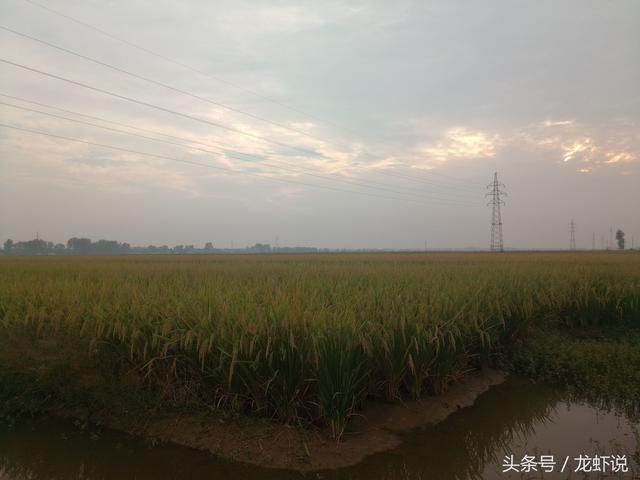
For aquatic plants, only planting, not only can not play a normal role, but also easy to pollute the water quality when the grass is destroyed in a large area, resulting in crayfish death. In the early stage of crayfish culture, Tangkou is required to recommend and plant foot grass. After the early recommendation, before releasing seedlings, the water level of the pond must be well controlled. if water is added too fast and too deep, it is easy for aquatic plants to grow stems but not roots. it is easy for such aquatic plants to break their roots and float in high temperature seasons. in the early stage, the insects of water plants should be mainly killed, and the care of aquatic plants should be more important than the management of water quality. In the middle period, it is required to manage the grass well: first, if the water color is too thick to affect the photosynthesis of aquatic plants, the water should be transferred or lowered in time to enhance photosynthesis. Second, if the water quality is muddy and pollutants are attached to aquatic plants, the products should be decomposed in time. Third, if the water plants wither and lack vitality, they should be fertilized and "healthy grass" in time. Fourth, during the period of high temperature, with the deepening of water level, there are some problems, such as floating and death of water plants, muddy water quality, dirty water plants and so on. We can first use bottom reform products to control the bottom quality, and then use grass fertilizer to restore the vitality of water plants and prevent them from rotting.
Common aquatic plants in crayfish ponds

- Prev
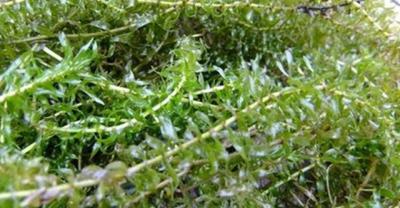
Develop ecological breeding model to make animal husbandry "refined"
In China, in addition to the large-scale breeding model, the ecological breeding model of the combination of planting and breeding has also become the mainstream. After the pig manure and urine of the pig farm is fermented, it becomes.
- Next
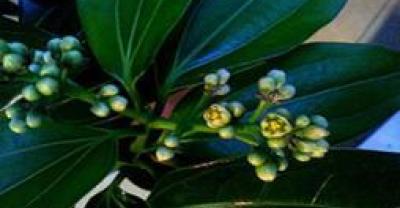
There are four ways to increase the yield of quail eggs, and there is a way for quail breeding.
Quails are domesticated from the wild, but they are still deadlocked and have wild habits, such as fear and fear of noise. If you want quails to lay more eggs, you must give them eggs.
Related
- On the eggshell is a badge full of pride. British Poultry Egg Market and Consumer observation
- British study: 72% of Britons are willing to buy native eggs raised by insects
- Guidelines for friendly egg production revised the increase of space in chicken sheds can not be forced to change feathers and lay eggs.
- Risk of delay in customs clearance Australia suspends lobster exports to China
- Pig semen-the Vector of virus Transmission (4)
- Pig semen-the Vector of virus Transmission (3)
- Five common causes of difficult control of classical swine fever in clinic and their countermeasures
- Foot-and-mouth disease is the most effective way to prevent it!
- PED is the number one killer of piglets and has to be guarded against in autumn and winter.
- What is "yellow fat pig"? Have you ever heard the pig collector talk about "yellow fat pig"?

